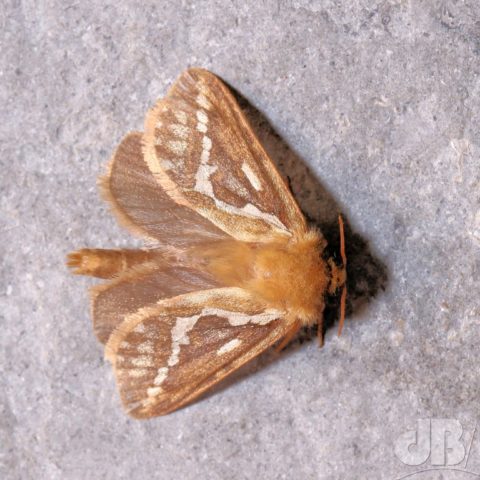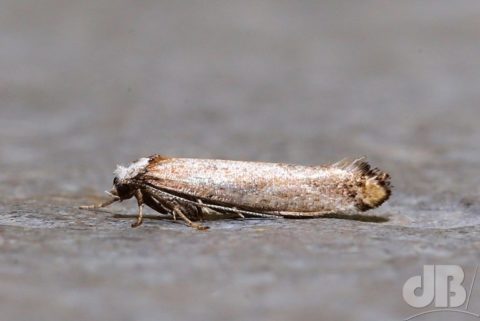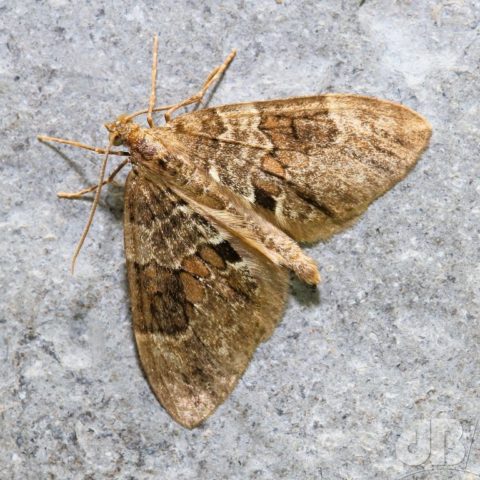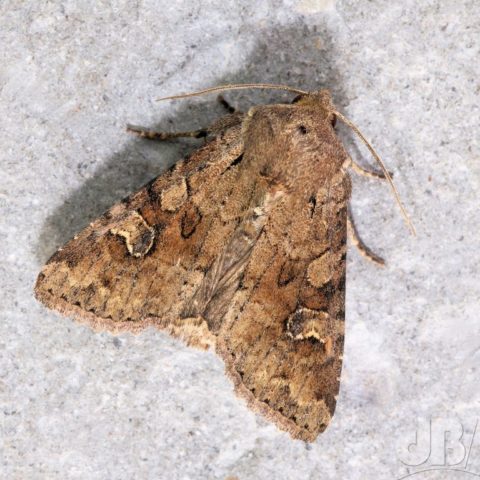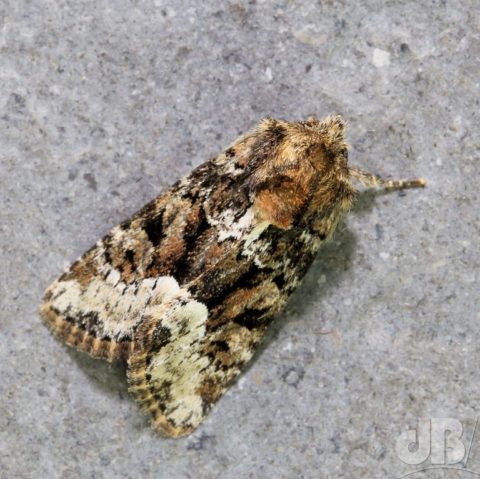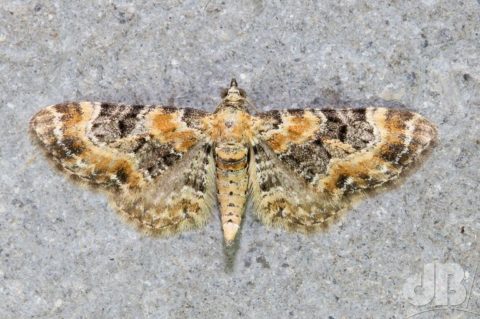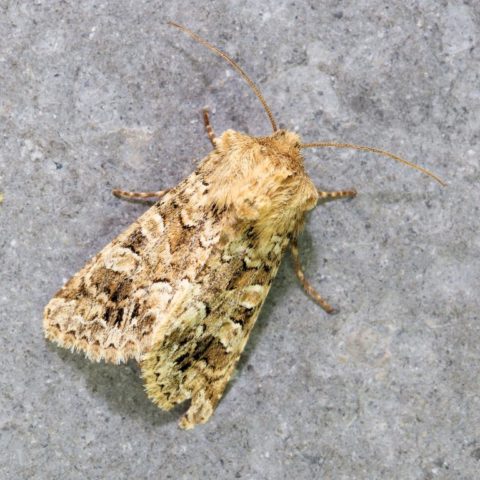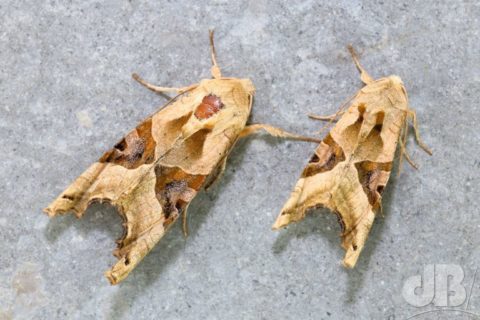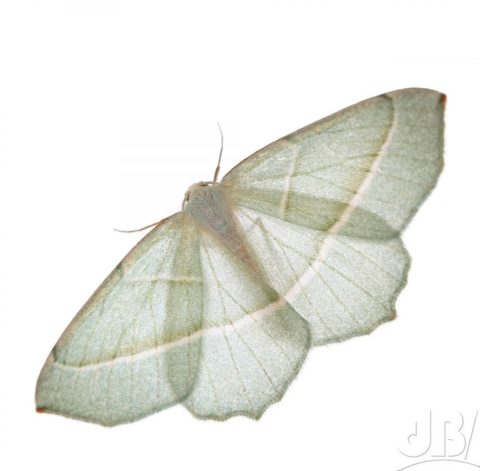People often talk of liking butterflies but disliking moths. Butterflies are to all intents and purposes scientifically speaking, a sub-group within the moths. Arguments about flying at night, about clubbed antennae, and regarding wing posture are moot.
There are both moths and butterflies that are diurnal and others that are nocturnal. Indeed, there is sexual dimorphism in some species, e.g. Emperor moth, which looks “like a butterfly” and the males fly during the day and the females at night.
There are examples of clubbed antennae in moths and hooked antennae in butterflies (Skippers for example, which are borderline between moth and butterfly in the broadest descriptions).
There are countless moths that lie flat and many that fold their wings like butterflies purportedly do but there are butterflies that lie flat too.
The distinction is fundamentally one of linguistics in that English has Latin and Anglo-Saxon roots and so often has duel words for everyday things (mushrooms & toadstools, frogs & toads, tortoises and turtles), whereas in non-dualling languages on the continent from whence the Romans and the Saxons came, there’s no such distinction.
Anyway, words are words, these are beautiful living creatures worth our respect and given that there are 1800 different species of Lepidoptera (scaly-winged insects) in the British Isles, there’s a lot of diversity.
